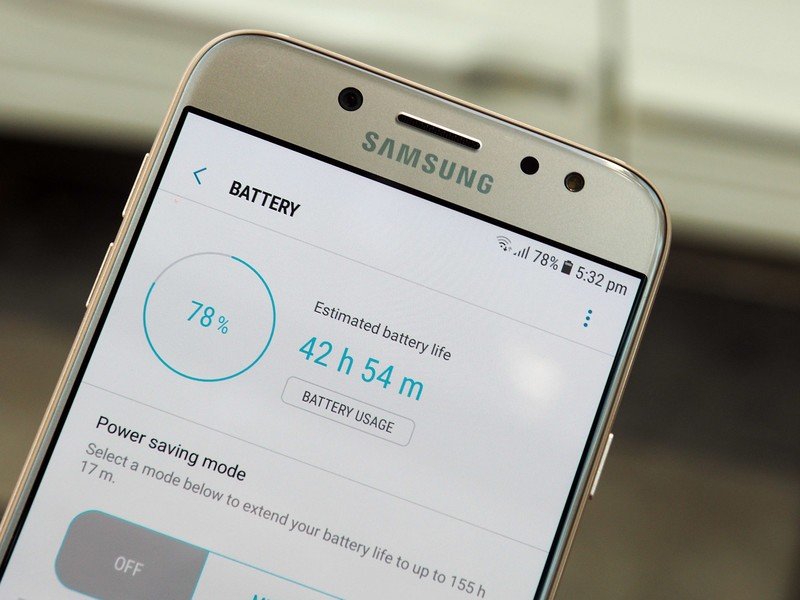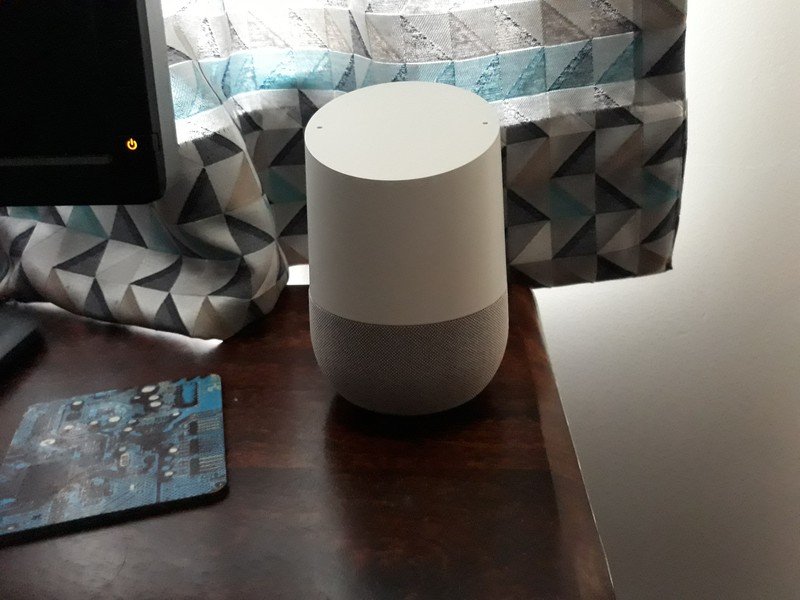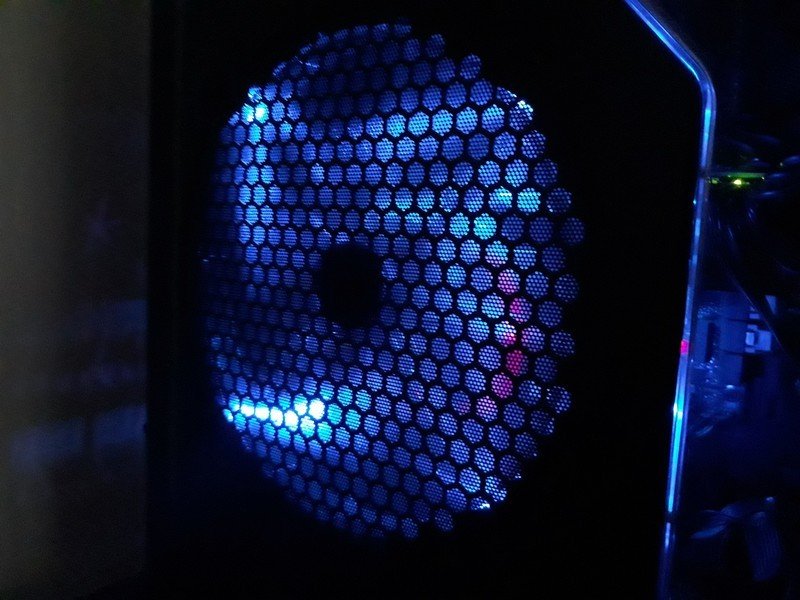Samsung Galaxy J7 Pro review: Finally on the right path

Samsung has a long history of reusing components in its budget devices. It has done so to varying amounts of success in the past, and we've seen several models in the Galaxy J series running horribly outdated hardware. The Galaxy J lineup is now in its third generation, and Samsung is finally taking steps to address the issue.
Although the Galaxy J7 Pro is powered by the Exynos 7870 Octa —which made its debut in last year's J7 2016 — the company has rolled out updates in other areas — the phone has a 1080p panel, an all-new metallic chassis, 64GB of internal storage, Samsung Experience 8.1 UX based on Nougat, and Samsung Pay integration. The last point is crucial, as the J7 Pro is the first mid-range phone from Samsung to offer its digital payments service.
But is that enough to make the J7 Pro relevant in a segment that features the likes of the Redmi Note 4 and the Moto G5 Plus? Let's find out.
About this review
I (Harish Jonnalagadda) am writing this review after using the Galaxy J7 Pro for two weeks in Hyderabad, India on Jio's 4G network. The phone was on the J730GMDXU1AQF9 build and the June 1, 2017 security patch, and didn't pick up any updates over the two weeks. The unit was provided to Android Central for review by Samsung India.
Specs
| Category | Spec |
|---|---|
| Operating System | Samsung Experience 8.1 Android 7.0 Nougat |
| Display | 5.5-inch Super AMOLED, 1920x1080 (401 ppi) AOD |
| Chipset | Exynos 7870 Octa Octa-core 1.60GHz Cortex A53 cores |
| GPU | Mali-T830MP2 |
| RAM | 3GB |
| Storage | 64GB |
| Expandable | Yes Up to 128GB |
| Battery | 3600mAh |
| Charging | Micro-USB |
| Water resistance | IP54 |
| Rear Camera | 13MP, f/1.7, LED flash |
| Front Shooter | 13MP, f/1.9, LED flash |
| Connectivity | Wi-Fi ac, 4G with VoLTE, Bluetooth 4.1, NFC, |
| Security | One-touch fingerprint sensor at the front |
| SIM | Dual Nano SIM |
| Dimensions | 152.5 x 74.8 x 8.0mm 181g |
| Colors | Gold, Black |

Galaxy J7 Pro Hardware
Chinese manufacturers have been offering phones with all-metal designs for several generations now, but Samsung has been slow to incorporate it into its Galaxy J series. The J7 2016 featured a metal frame and a plastic back, and with the J7 Pro, we're finally getting an aluminum unibody design. And it looks great.
The antenna bands are located at the top and bottom of the device, and they create a pattern that gives the J7 Pro a distinct flair when it comes to the design. The bands also offer a nice contrast to the overall color scheme, particularly with the gold color option.





The phone has sizeable bezels at the top and bottom, but Samsung did a good job of minimizing the side bezels. There's a home button up front with an embedded fingerprint sensor, and like last year's Galaxy S7, you can double press the button to quickly launch the camera.
Get the latest news from Android Central, your trusted companion in the world of Android
The power button is located on the right, and the volume buttons on the left, and all three buttons have decent tactile feedback. The 3.5mm jack is at the bottom, next to the Micro-USB charging port. More and more manufacturers are switching out to USB-C in this segment, but Samsung was reticent to move to the new standard for its flagships until this year, so it looks like we'll have to wait until next year to see USB-C ports on the company's budget devices.
In an interesting design choice, the speaker is located next to the power button. The speaker gets sufficiently loud, and its position means you won't accidentally cover it when holding the phone. Another thing the J7 Pro gets right is the SIM card tray. Unlike most phones in this segment, the J7 Pro has dedicated slots for two SIM cards and a microSD card.
The Galaxy J7 Pro is Samsung's best-looking budget by a country mile.
Samsung nailed everything from the build quality to the execution, and the result is that the J7 Pro feels and looks like a device priced twice as much. That's a big deal considering Samsung basically rolled out one uninspiring phone after another in this category thus far.
If you're wondering about the Pro moniker, the only difference between the standard J7 2017 and the J7 Pro is that the latter has 64GB storage and the aforementioned Samsung Pay. In all other areas, the J7 Pro is identical to the standard variant. As such, Samsung isn't going to release the J7 2017 in India, instead focusing on the J7 Pro to be the standard-bearer for the Galaxy J series this year.
Coming to the display, the J7 Pro offers a 5.5-inch Full HD Super AMOLED panel with a pixel density of 401ppi. The screen looks great, with excellent controls levels and color reproduction. it also gets sufficiently bright for outdoor viewing, and you also get the option to adjust the color temperature. A new feature in the J7 Pro is Always On Display, giving you quick access to the clock, calendar, and incoming notifications while the screen is off. You'll be able to set schedules for AOD and choose from four clock styles.
The J7 Pro has a sleek design and a great display, but it still features last year's Exynos 7870. The chipset isn't the fastest out there, and Samsung's decision to stick with it is particularly infuriating considering the phone has picked up sizeable upgrades in other areas. The Exynos 7870 just doesn't cut it anymore, and when you look at the fact that the J7 Pro is now pushing a Full HD panel, it makes it all the more annoying.
Even regular tasks like browsing the web on Chrome cause the phone to stutter. Although the Exynos 7870 has eight Cortex A53 cores, they're clocked up to a maximum of 1.6GHz. Qualcomm's Snapdragon 625 also has eight A53 cores, but they go up to 2.0GHz for the performance cluster.
Battery life

Although the 14nm Exynos 7870 may not be the most powerful chipset in this segment, it is certainly frugal. The phone easily manages to last a day on a full charge thanks to the energy-efficient chipset and 3600mAh battery, and you can further extend battery life by enabling power saving modes.
The main drawback when it comes to battery life is the lack of a fast charging option — the J7 Pro takes an agonizing two hours to fully charge up.
Samsung Pay
The highlight of the J7 Pro is that it is the first phone in the budget category to feature the full-fledged version of Samsung Pay. Samsung's digital payments service works over NFC as well as the older MST standard, and as a result it requires proprietary hardware in the form of a metal coil located underneath the back plate. The hardware transmits information wirelessly to POS machines, essentially mimicking a card swipe.
Samsung Pay in India: Everything you need to know
That's the biggest advantage with Samsung Pay, and the fact that it is available on a phone that costs ₹20,900 makes it that much more accessible to a wider audience. And as Samsung claims, you really will be able to use Samsung Pay at most offline retailers. The payments service also offers the ability to transfer money over UPI, and you can link your Paytm wallet to add funds to your account with ease.

Galaxy J7 Pro Software
Samsung made several changes to its UX earlier this year, and we're seeing those improvements trickle into the budget segment with the J7 Pro. The phone features the latest Samsung Experience 8.1 atop Android 7.0 Nougat, and the overall experience is akin to what you'd find on a Galaxy S8.
The app drawer is accessible with a slide up or down gesture from anywhere on the home screen, but if you like the older implementation, there's a setting to enable the apps button. Doing so doesn't disable the swipe up/down gesture, however. Samsung's excellent Multi Window mode is present, as is the theming engine that lets you alter the overall look of the interface.
Other noteworthy features include a one-handed mode, blue light filter, display scaling options, Direct share, Secure Folder, and Samsung's device maintenance hub. There's also a Dual Messenger mode, which lets you run two instances of an app simultaneously. The UX also has new iconography, and a settings pane that's easier to navigate. Overall, Samsung has done a great job of bringing its latest UX to the budget device.
Galaxy J7 Pro Camera
The imaging sensor used in the J7 Pro (Sony IMX258) is the same as that of the Redmi Note 4, and the camera quality is decidedly average. Like the rest of the software, the camera interface is near-identical to what you get on a Galaxy S8, including options to share your photos on social networks with ease.






When it comes to taking images, however, the J7 Pro is nowhere near as fluid as the Galaxy S8. The phone takes too long to focus on a subject, and it has a tendency to underexpose images. Manually enabling HDR fixes the problem, but it slows down the device down even further. As for low-light imagery, most shots I took just ended up coming muddy and full of noise.

Galaxy J7 Pro Bottom line
Samsung Pay is a marquee feature, and it's great that Samsung is bringing its payments service to the budget segment. While the rest of the additions make the J7 Pro the best device yet in the Galaxy J series, it doesn't hold up very well when compared to the competition. The budget segment is fiercely contested in India, and there are plenty of great alternatives in this category that cost nearly half as much and offer more value for your money.
Samsung's brand cachet means it doesn't have to go up against the likes of Xiaomi, and for the most part, that has worked in previous years. Xiaomi has catered to the online segment, while Samsung leveraged its robust distribution network to push millions of units of phones. However, ready availability of the Redmi Note 4 at thousands of retail stores across the country has cut into Samsung's margins, and as mainstream consumers become more aware of brands like Xiaomi and Huawei, Samsung needs to alter its strategy in this segment.
With the J7 Pro, the company has shown that it can be cognizant of consumers' needs. But by reusing components from last year, Samsung made the overall experience worse. Were it not for the older Exynos 7870 chipset, the J7 Pro would have been one of the best devices in the ₹20,000 segment, particularly considering it is the only phone in this category to feature Samsung Pay.

Harish Jonnalagadda is Android Central's Senior Editor overseeing mobile coverage. In his current role, he leads the site's coverage of Chinese phone brands, networking products, and AV gear. He has been testing phones for over a decade, and has extensive experience in mobile hardware and the global semiconductor industry. Contact him on Twitter at @chunkynerd.
